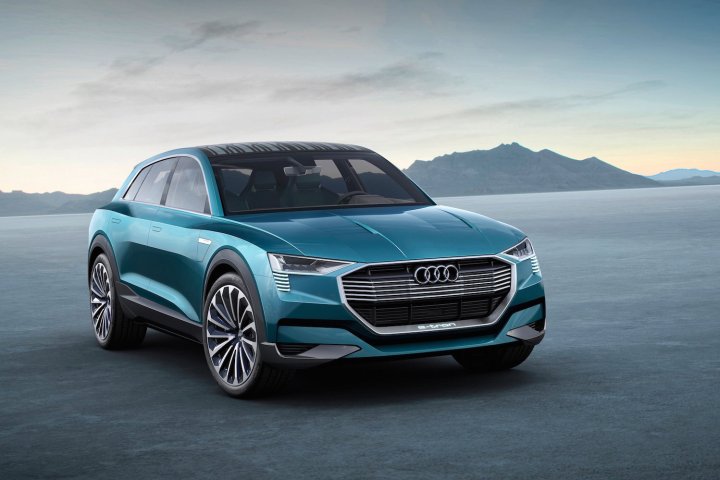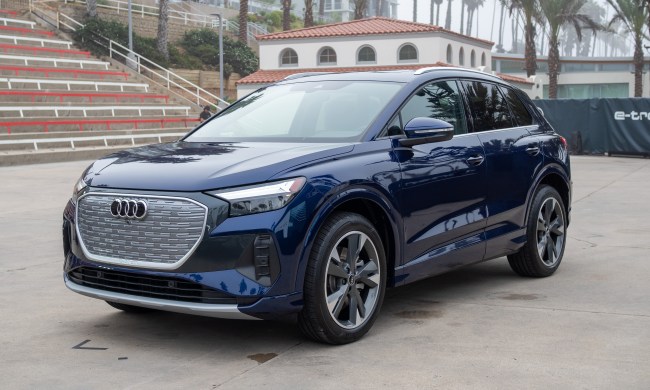
But the German carmaker may be looking to hedge its bets. Audi will debut a hydrogen fuel cell concept car at the 2016 Detroit Auto Show next month, according to Autobild. Possibly called h-tron quattro, the new concept will reportedly use the same body as the e-tron quattro, but with fuel cells instead of batteries.
That means the h-tron quattro would be another preview of the upcoming Audi Q6 “crossover coupe.” The Q6 will be Audi’s rival to the BMW X6 and Mercedes-Benz GLE Coupe, two vehicles with all of the drawbacks of an SUV, and none of the practicality. The already-confirmed battery-electric powertrain will likely be sold alongside internal combustion variants, and it’s possible Audi could tack on a fuel cell version as well.
Audi isn’t a complete stranger to fuel cells. At the 2014 Los Angeles Auto Show, it unveiled the hydrogen-powered A7 h-tron quattro concept. It used individual electric motors to power each axle, and also had a lithium-ion battery pack that could be charged by plugging into an external source, augmenting the fuel cell stack.
If the h-tron quattro concept really does turn up into Detroit, it will be interesting to see how it compares to its electric sibling. The e-tron quattro sports three electric motors that together drive all four wheels, and produce 429 horsepower under normal conditions, or 496 hp when the red mist descends. That’s enough for 0 to 62 mph in 4.6 seconds, and top speed is electronically limited to 130 mph.
While battery-electric cars have gained a beachhead over the past five years, fuel cell cars are just starting their assault. Hyundai began selling its Tucson Fuel Cell in California last year, and Toyota delivered its first 2016 Mirai there in October. They’ll be followed next year by the Honda Clarity Fuel Cell. However, a network of new fueling stations is still needed to support these cars.


